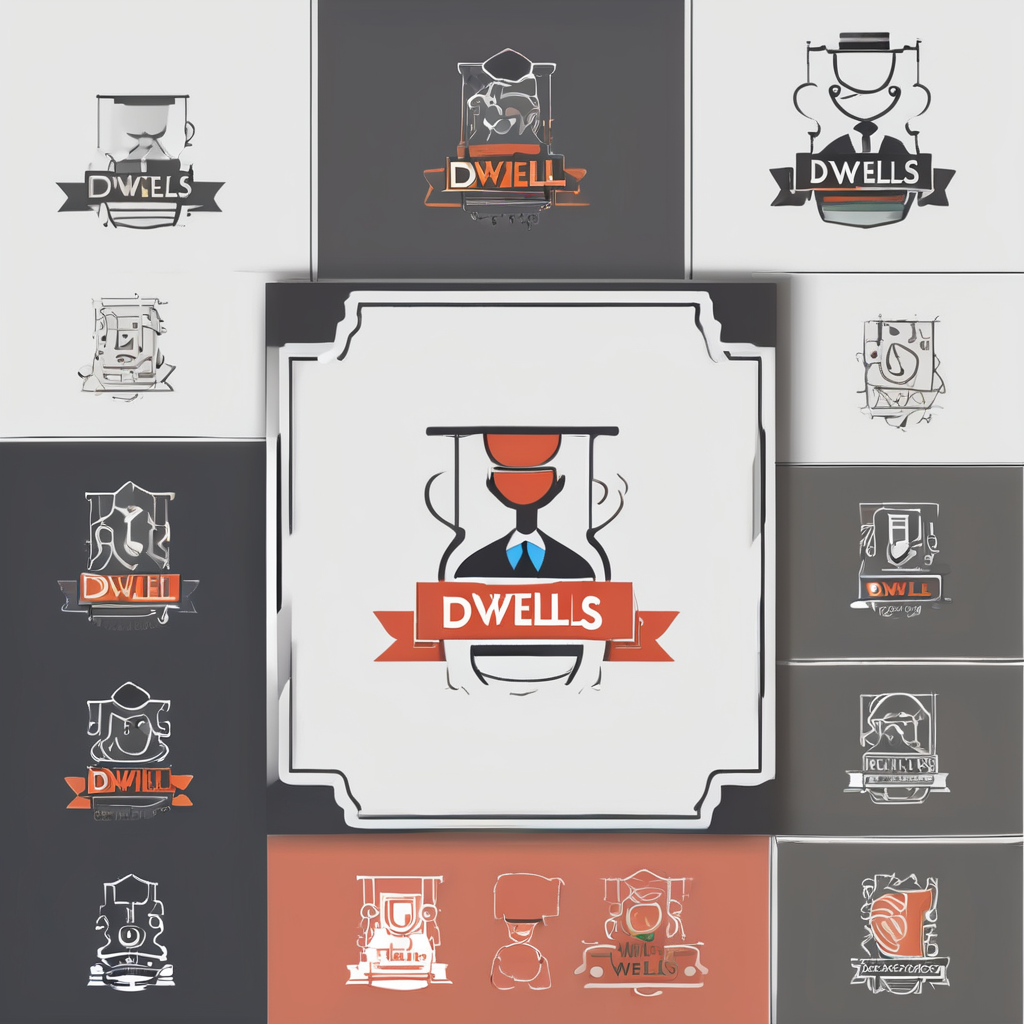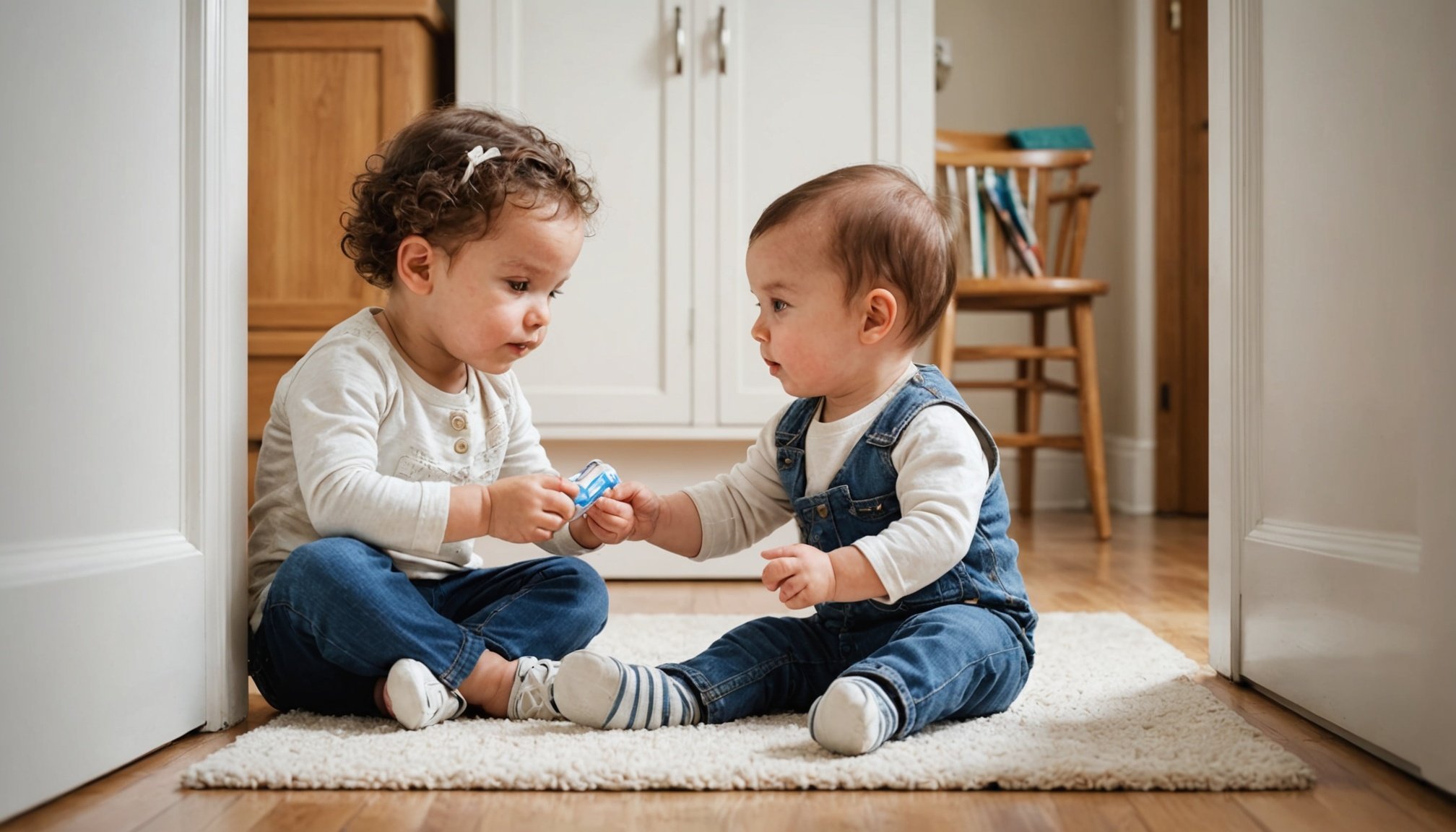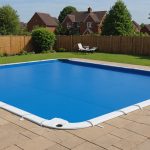Creating a safe environment for your little ones is essential, especially when sharp corners are present. These seemingly minor hazards can lead to significant injuries during playful exploration. With practical solutions, you can effectively babyproof these areas in your home, ensuring peace of mind while your child grows and discovers. This guide offers innovative strategies and products to safeguard your space without compromising style or functionality. Let's transform your home into a secure haven for your curious toddler.
Understanding the Importance of Babyproofing Sharp Corners
When considering child safety, babyproofing sharp corners is crucial. Statistics highlight that a significant number of home injuries involve children colliding with sharp edges. These incidents often result in cuts, bruises, or more severe injuries, underscoring the need for effective babyproofing.
A lire également : Maximizing Energy Efficiency: Expert Tips for Optimizing Your Combi Boiler in a Cardiff Home
Why Babyproofing Matters
Preventing injuries is the primary goal of babyproofing. Young children are naturally curious and may not recognize the dangers posed by sharp corners. By securing these areas, you create a safer environment for them to explore. This proactive approach can significantly reduce the risk of accidents in your home.
Common Home Hazards
Several areas in a home typically contain sharp corners that require attention:
Dans le meme genre : Revitalize Your English Country Cottage: A Step-by-Step Guide to Chimney Stack Repair
- Furniture: Tables, desks, and shelves often have pointed edges.
- Kitchen countertops: These are frequently at a child's head height.
- Fireplace hearths: Hard, angular edges can be particularly hazardous.
Addressing these common home hazards involves using corner guards or edge protectors. These products are designed to cushion impacts, making sharp corners less dangerous. By identifying and securing these potential risks, you contribute to a safer living space for your child, allowing them to move freely without unnecessary danger.
Effective Babyproofing Techniques
When it comes to ensuring your child's safety, implementing effective babyproofing techniques is essential. These methods help create a secure environment, reducing the risk of accidents.
Overview of DIY Babyproofing Methods
DIY babyproofing is a cost-effective approach to securing your home. It involves using everyday items to safeguard sharp corners and other hazards. For instance, you can use foam pipe insulation or pool noodles as makeshift corner guards. These materials are readily available and easy to cut to size, providing a soft barrier against sharp edges. Moreover, adhesive-backed felt pads can be attached to furniture corners, offering additional protection.
Using Soft Materials for Corner Protection
Soft materials like rubber or silicone corner protectors are popular for babyproofing. These products are designed to absorb impact, reducing the risk of injury if a child bumps into a corner. They are easy to install and available in various colours to match your décor. Additionally, consider using edge protectors along the sides of tables and counters for comprehensive coverage.
Creating a Safe Environment
Creating a safe environment involves more than just securing sharp corners. Regularly inspect your home for potential hazards and adjust your safety measures as your child grows. By combining DIY babyproofing techniques with commercial products, you can ensure a safer space for your little one to explore.
Product Recommendations for Corner Guards
Selecting the right corner guards is vital for effective babyproofing. With various babyproofing products available, it's essential to understand the benefits and limitations of each type to make informed decisions.
Review of Popular Corner Guard Products
When it comes to safety equipment, foam and silicone corner guards are among the most popular choices. Foam guards are known for their softness and flexibility, making them ideal for absorbing impacts. They are easy to install and typically come with adhesive backing for secure attachment. On the other hand, silicone guards offer durability and a sleek appearance, blending well with modern decor.
Pros and Cons of Different Types
Foam corner guards are cost-effective and provide excellent cushioning, but they may not be as durable as silicone options. They can wear out over time, especially in high-traffic areas. Silicone corner guards are more resilient and maintain their shape longer; however, they can be more expensive and may require more effort to install.
Tips for Selecting the Right Corner Guards
When choosing corner guards, consider the safety equipment's compatibility with your furniture and decor. Opt for products that are easy to install and provide adequate protection for your child's needs. Evaluate the specific areas in your home that require protection to ensure comprehensive coverage.
Assessing and Identifying Home Hazards
Conducting a thorough home assessment is essential for effective childproofing. Begin by walking through each room, observing potential hazards from a child's perspective. Look for sharp corners and edges at a child's height. Pay attention to areas where children frequently play or crawl.
Steps to Conduct a Thorough Safety Assessment
- Visual Inspection: Examine furniture, countertops, and fixtures for sharp edges. Consider how a child might interact with these objects.
- Height Check: Get down to a child's eye level to better identify hazards. This approach helps highlight dangers that might be overlooked from an adult's viewpoint.
- Engage with Children: Involve older children in the process. Teaching them about safety can foster awareness and responsibility. Encourage them to point out potential dangers they notice.
Key Factors in Hazard Identification
When identifying sharp corners, consider their location and frequency of use. Corners in high-traffic areas, such as living rooms and kitchens, require immediate attention. Also, assess the materials of the furniture; harder surfaces pose greater risks.
By implementing these steps, you ensure a comprehensive safety plan that not only protects your child but also educates them about the importance of safety in their environment.
Visual Aids and Resources for Babyproofing
Understanding babyproofing techniques can be simplified through the use of visual aids and resources. These tools provide practical insights, illustrating methods that ensure child safety effectively. Videos and guides are particularly valuable, offering step-by-step demonstrations of how to secure sharp corners and other hazards.
Visual aids, such as instructional videos, help parents grasp complex babyproofing techniques quickly. They showcase real-life scenarios, making it easier to relate and apply the methods in your own home. Online platforms host a variety of these resources, catering to different learning preferences and household needs.
In addition to videos, comprehensive guides serve as essential babyproofing resources. These guides often include detailed images and diagrams, clarifying the installation of safety equipment. By following these visual aids, parents can confidently implement safety measures, ensuring a secure environment for their children.
Creating a checklist for ongoing safety inspections is another crucial aspect of maintaining a safe home. This checklist should include regular evaluations of corner guards and other protective devices. By routinely checking these items, you can address wear and tear, ensuring continuous protection. Such proactive measures, guided by visual aids, enhance the overall effectiveness of your babyproofing efforts.











